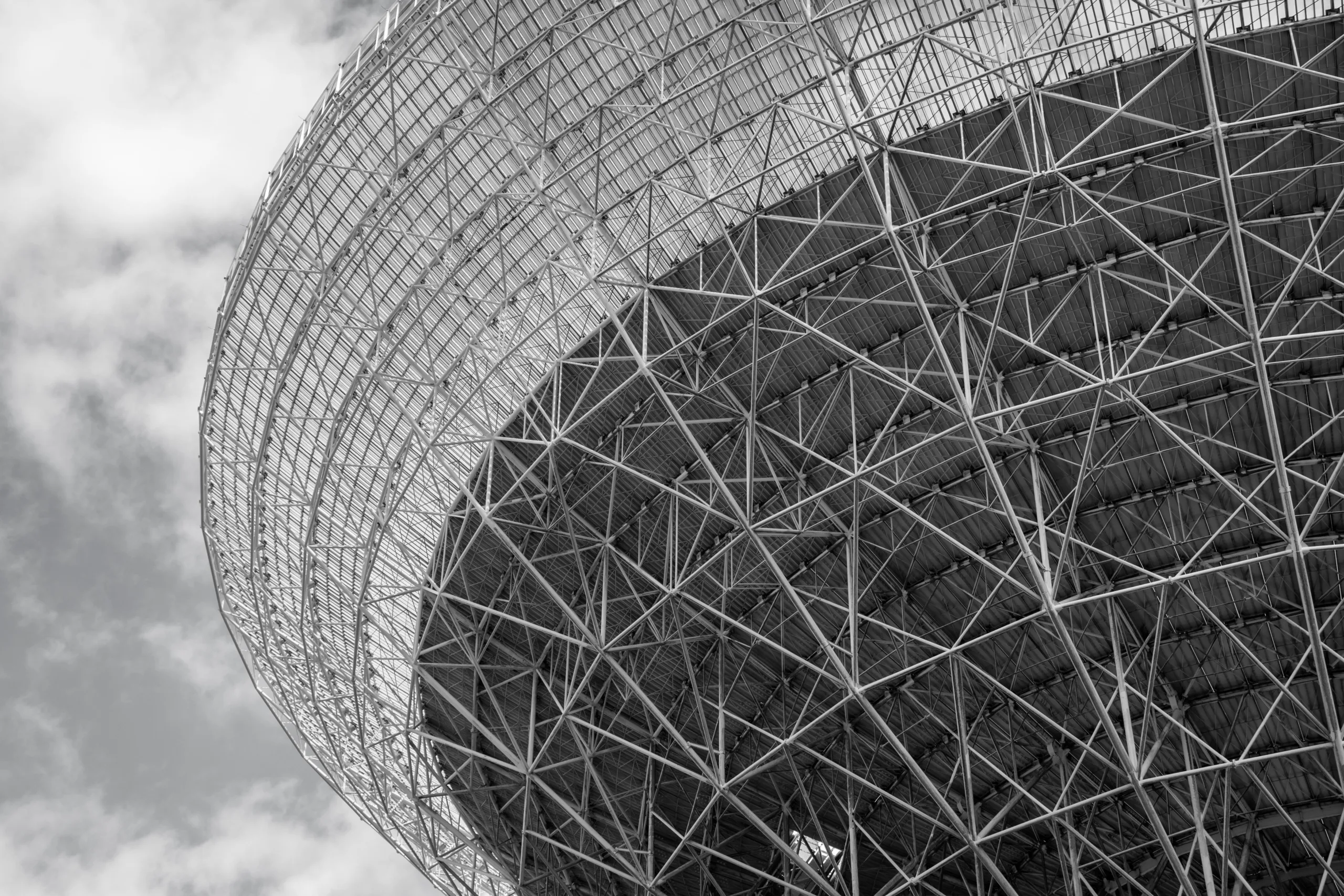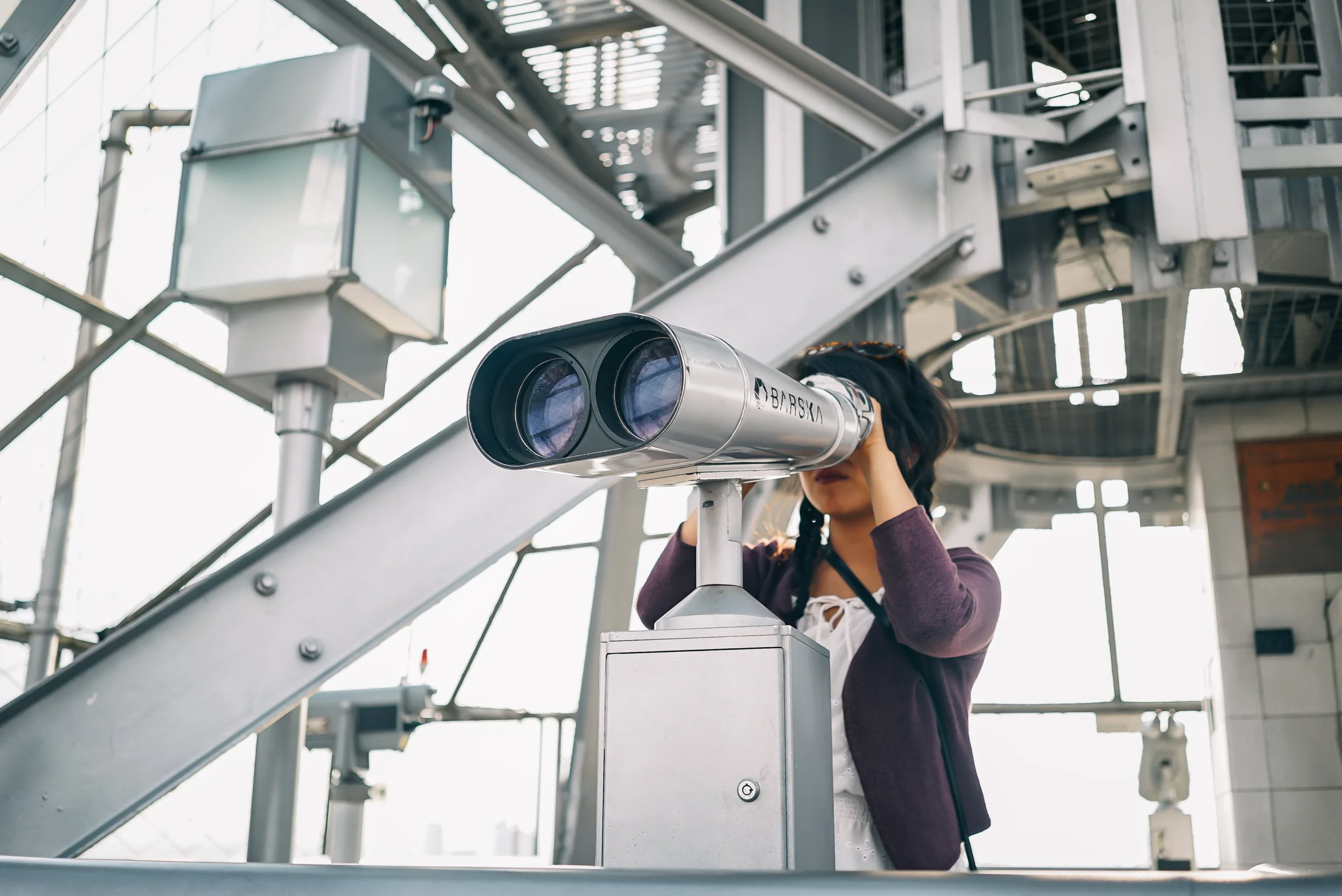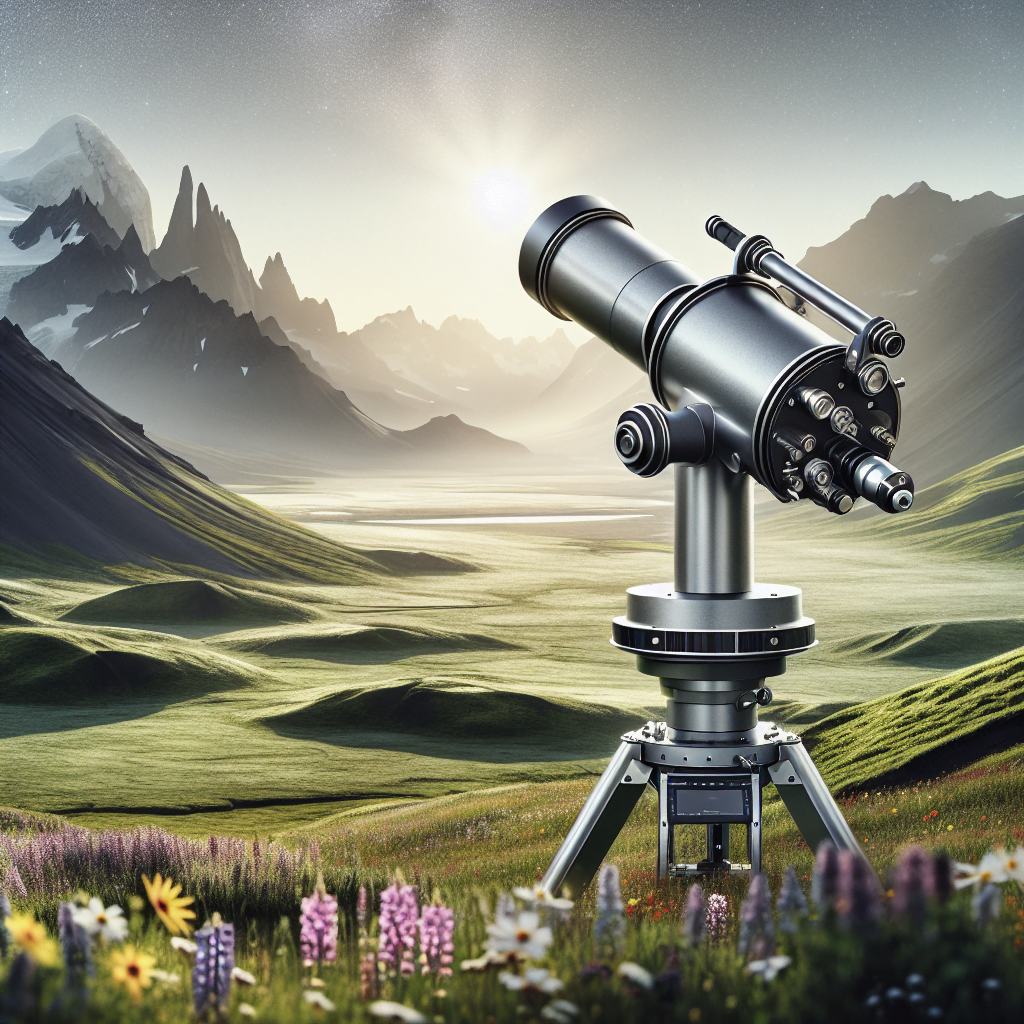Are you a proud owner of a telescope and wondering if it can be used for more than just stargazing? The answer is yes! Many people are surprised to learn that telescopes can also be utilized for terrestrial observations. Whether you want to explore the wonders of nature, admire wildlife from a distance, or simply enhance your view of the world around you, your trusty telescope can be your key to a whole new realm of discovery. So dust off your lenses, adjust your focus, and get ready to embark on an exciting terrestrial adventure with your trusted telescope companion.

Table of Contents
Telescope Basics
Telescopes are incredible tools that allow you to explore and observe the vast wonders of the universe. But did you know that your telescope can also be used for terrestrial observations? That’s right! With a few adjustments and considerations, you can use your telescope to explore the world around you in a whole new way. In this article, we will guide you through the basics of using your telescope for terrestrial observations, from understanding the types of telescopes to choosing the right one for your needs. So grab your telescope and get ready to embark on a terrestrial adventure!
Understanding the Types of Telescopes
Before diving into terrestrial observations, it’s important to familiarize yourself with the different types of telescopes available. There are three main types: refractor telescopes, reflector telescopes, and catadioptric telescopes.
- Refractor telescopes: These telescopes use lenses to gather and focus light. They are known for their durability and ability to provide high-quality images. Refractor telescopes are a great choice for terrestrial observations due to their simplicity and ease of use.
- Reflector telescopes: Reflector telescopes use mirrors to capture and reflect light. They are often preferred by astronomers for their ability to gather more light and provide sharper images. With the right accessories and adjustments, reflector telescopes can also be used for terrestrial observations.
- Catadioptric telescopes: These telescopes combine the use of both lenses and mirrors to capture and focus light. They offer a compact design and versatility, making them suitable for various applications, including terrestrial observations. Catadioptric telescopes provide excellent image quality and are convenient for those who prioritize portability.
Introduction to Terrestrial Observations
Terrestrial observations simply refer to observing objects or phenomena that are found on Earth. This can include anything from breathtaking landscapes and wildlife to architectural details and human-made objects. By using your telescope for terrestrial observations, you can uncover hidden details and gain a whole new perspective on the world around you. It’s a fantastic way to appreciate the beauty of nature, capture stunning photographs, and engage in activities such as birdwatching or stargazing during the daytime.
Adapting Your Telescope
Now that you have a general understanding of the types of telescopes available, let’s explore how you can adapt your telescope for terrestrial observations.
Using Terrestrial Eyepieces
One of the most important considerations when using your telescope for terrestrial observations is the choice of eyepiece. Unlike astronomical observing, where high magnification is often desired, terrestrial observing requires a wider field of view and lower magnification. Therefore, it is recommended to use eyepieces with longer focal lengths to achieve a wider field of view and a more comfortable viewing experience.
Adjusting the Focus
When observing distant objects on Earth, it’s crucial to adjust the focus of your telescope accordingly. Start by focusing on a close object, such as a tree or building, to find the optimal focus point. Once you have achieved a clear image, you can then adjust the focus for objects at different distances. It may take some practice to find the perfect focus, but with patience and experimentation, you’ll soon master the art of terrestrial observing.
Mounting Options for Terrestrial Observations
Depending on the size and design of your telescope, you may need to consider different mounting options for terrestrial observations. For smaller telescopes, a simple tripod may be sufficient, providing stability and adjustability for comfortable viewing. However, larger telescopes may require more advanced mounts, such as alt-azimuth or equatorial mounts, to ensure smooth and precise tracking of objects. Consider your specific needs and the portability of your telescope when choosing a mounting option.

Factors to Consider
When using your telescope for terrestrial observations, there are several factors you should consider to enhance your viewing experience.
Focal Length and Magnification
The focal length of your telescope plays a significant role in determining the magnification and field of view you can achieve. Smaller focal lengths result in wider fields of view, which are essential for capturing landscapes and large objects. On the other hand, longer focal lengths allow for higher magnification, ideal for observing smaller details. Finding the right balance between these two factors will depend on your specific interests and the type of objects you wish to observe.
Field of View
The field of view refers to the amount of the observable scene that you can see through your telescope. A wider field of view is beneficial for terrestrial observations as it allows you to capture more of the surrounding environment. To increase the field of view, you can use eyepieces with shorter focal lengths or consider adding accessories like focal reducers or wide-angle eyepieces. Experimenting with different eyepieces and accessories will help you find the perfect field of view for your observations.
Light Gathering Abilities
The light gathering abilities of your telescope play a crucial role in determining the brightness and clarity of the images you observe. In terrestrial observations, good light gathering abilities are especially important for capturing details in low-light conditions, such as during dawn or dusk. Consider the aperture size of your telescope when choosing one for terrestrial observations. Larger apertures allow for more light to enter the telescope, resulting in brighter images.
Image Orientation
When using your telescope for terrestrial observations, you may notice that the image orientation is different from what your eyes perceive. This is because most telescopes provide an inverted or mirrored image. While this may not be an issue for some observations, it can be a challenge when trying to identify specific landmarks or objects. Fortunately, there are accessories available, such as diagonal mirrors or erecting prisms, that can correct the image orientation, allowing for more accurate observations.
Choosing the Right Telescope for Terrestrial Observations
Now that you have a good understanding of the factors to consider when using your telescope for terrestrial observations, let’s explore the advantages and considerations of each type of telescope.
Refractor Telescopes
Refractor telescopes are an excellent choice for terrestrial observations due to their simplicity and ease of use. They offer excellent image quality, durability, and low maintenance requirements. Refractors are ideal for Capturing landscapes, wildlife, and architectural details with their sharp and crisp images. Their compact design also makes them highly portable for outdoor adventures.
Reflector Telescopes
Reflector telescopes are preferred by many astronomers for their ability to gather more light and provide sharper images. While primarily designed for astronomical observations, reflector telescopes can also be adapted for terrestrial use with the right accessories. With their larger apertures, reflectors offer exceptional light gathering abilities and can capture stunning details in terrestrial observations.
Catadioptric Telescopes
Catadioptric telescopes combine the advantages of both refractor and reflector telescopes. They offer compact designs, excellent image quality, and versatility. Catadioptric telescopes, such as the popular Schmidt-Cassegrain and Maksutov-Cassegrain designs, are suitable for both astronomical and terrestrial observations. Their ability to provide high magnification and portability makes them a favorite among enthusiasts looking for a versatile telescope.

Tips for Terrestrial Observations
Now that you have your telescope ready for terrestrial observations, here are some tips to enhance your experience and make the most out of your observations.
Consider Weather Conditions
Weather conditions play a crucial role in terrestrial observations. Bright sunlight, for example, can affect image clarity and introduce excessive glare. Choosing clear and calm weather conditions, preferably during the early morning or late afternoon, can significantly improve your observations. Additionally, keep in mind that different weather conditions can provide unique opportunities for capturing specific images, such as dramatic cloud formations or stunning sunsets.
Use a Tripod or Mount
Using a tripod or mount is essential for stable and comfortable observations. It helps to reduce the shakiness caused by handholding the telescope and allows for smoother tracking of objects. A sturdy and adjustable tripod or mount ensures that your telescope remains steady, enabling you to capture sharp and detailed images. Consider investing in a high-quality tripod or mount that suits the size and weight of your telescope for the best results.
Adjusting for Distances and Focus
When observing objects at different distances, such as landscapes or wildlife, it’s important to adjust the focus and magnification accordingly. Start by locating a nearby object and adjust the focus to achieve a clear image. From there, you can experiment with different magnifications to capture different levels of details. Remember to take your time and make small adjustments until you find the optimal focus and magnification for each observation.
Observing Human-Made Objects
One fascinating aspect of terrestrial observations is the opportunity to observe human-made objects, such as buildings, bridges, or even the moon during daylight hours. Keep in mind that observing distant human-made objects may require higher magnifications than natural landscapes. Experiment with different settings and accessories to capture the details and intricacies of these structures, expanding your observational horizon.
Applications for Terrestrial Observations
Terrestrial observations open up a wide range of applications and opportunities to explore and appreciate the world around us. Here are a few popular applications for using your telescope for terrestrial observations.
Scenic and Landscape Viewing
One of the most common applications of terrestrial observations is scenic and landscape viewing. With your telescope, you can capture the grandeur of mountains, the serenity of lakes, and the beauty of forests in breathtaking detail. Terrestrial observing allows you to immerse yourself in the subtle details that often go unnoticed, revealing the intricate wonders of the natural world.
Photography and Digiscoping
Using your telescope for photography, commonly known as digiscoping, allows you to capture stunning images and videos of the world around you. With the right accessories, such as adapters and camera mounts, you can attach your camera to the telescope and unleash your creativity. Digiscoping with a telescope offers a unique perspective, enabling you to take close-up shots of distant subjects, capture wildlife in its natural habitat, and document rare moments that often go unnoticed.
Wildlife and Nature Observation
For nature enthusiasts and birdwatchers, terrestrial observation with a telescope opens up a world of possibilities. By observing wildlife from a distance, you can avoid disturbing their natural behaviors and capture candid moments without intrusion. From studying the intricate patterns on bird feathers to tracking the graceful movements of deer, your telescope can be your window into the captivating realm of nature.

Common Challenges and Limitations
While terrestrial observations offer numerous exciting opportunities, there are a few challenges and limitations to keep in mind.
Atmospheric Distortions
Atmospheric conditions, such as heat waves, can introduce distortions and affect the image quality during terrestrial observations. These distortions can cause blurriness and reduce the clarity of details, especially when observing objects at long distances. To minimize the impact of atmospheric distortions, consider observing during cooler temperatures or using accessories like light pollution filters, which can help reduce the effects of atmospheric turbulence.
Zooming and Image Quality
Many telescopes offer zoom capabilities; however, it’s essential to note that zooming in too much can result in a decrease in image quality and brightness. Higher zoom levels may introduce image shake and reduce the sharpness of the image. It’s often better to achieve higher magnification by using eyepieces with longer focal lengths or adding Barlow lenses than relying solely on the zoom function of your telescope.
Limited Field of View
Telescopes typically have a limited field of view, especially when compared to binoculars or dedicated spotting scopes. While this may not be a significant issue for observing distant celestial objects, it can be a limitation when attempting to capture wide landscapes or large objects. Experimenting with different eyepieces or adding focal reducers can help increase the field of view and allow for more immersive observations.
Additional Accessories for Terrestrial Observations
To further enhance your experience and expand the capabilities of your telescope for terrestrial observations, there are several additional accessories you can consider.
Different Eyepieces
Investing in a variety of eyepieces with different focal lengths can significantly enhance your terrestrial observing experience. Eyepieces with shorter focal lengths allow for higher magnification and detailed observations, while eyepieces with longer focal lengths provide wider fields of view for capturing vast landscapes. Build your collection of eyepieces to have the flexibility to adapt to various observing situations.
Filters and Prisms
Filters and prisms are versatile accessories that can enhance specific aspects of your terrestrial observations. For example, neutral density filters can help reduce glare and improve image contrast, while polarizing filters can enhance colors and reduce reflections. Erecting prisms can correct image orientation, making it easier to identify landmarks and objects. These accessories offer a range of creative possibilities and can elevate the quality of your observations.

Maintenance and Care
To ensure your telescope continues to provide excellent performance for years to come, it’s essential to follow proper maintenance and care practices.
Regular Cleaning and Dust Removal
Regularly cleaning your telescope’s lenses and mirrors is essential for maintaining optimal image quality. Use a soft brush or compressed air to remove any dust or debris that may have accumulated on the surfaces. Be gentle and avoid applying excessive pressure, as this can damage the coatings. For fingerprints or smudges, use a microfiber cleaning cloth or a lens cleaning solution designed specifically for optical surfaces.
Protecting the Telescope from Dust and Moisture
When not in use, it’s crucial to store your telescope in a clean and dry environment to prevent dust accumulation and moisture damage. Consider investing in a telescope case or storage bag to protect your equipment from the elements. Additionally, avoid exposing your telescope to extreme temperatures or rapid temperature changes, as this can cause thermal stress and potentially affect its performance.
Conclusion
Congratulations! You’ve learned how to adapt and maximize the potential of your telescope for terrestrial observations. From understanding the different types of telescopes to choosing the right one for your needs, we’ve covered all the essential aspects. By following the tips and guidelines provided, you can embark on exciting terrestrial adventures, capturing stunning images, and exploring the world around you in a whole new way. Whether it’s scenic landscapes, captivating wildlife, or the intricate details of human-made structures, your telescope holds the power to reveal hidden wonders and expand your understanding of the beauty that surrounds us. So go ahead, grab your telescope, venture outdoors, and enjoy the boundless possibilities of terrestrial observations!
